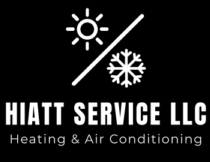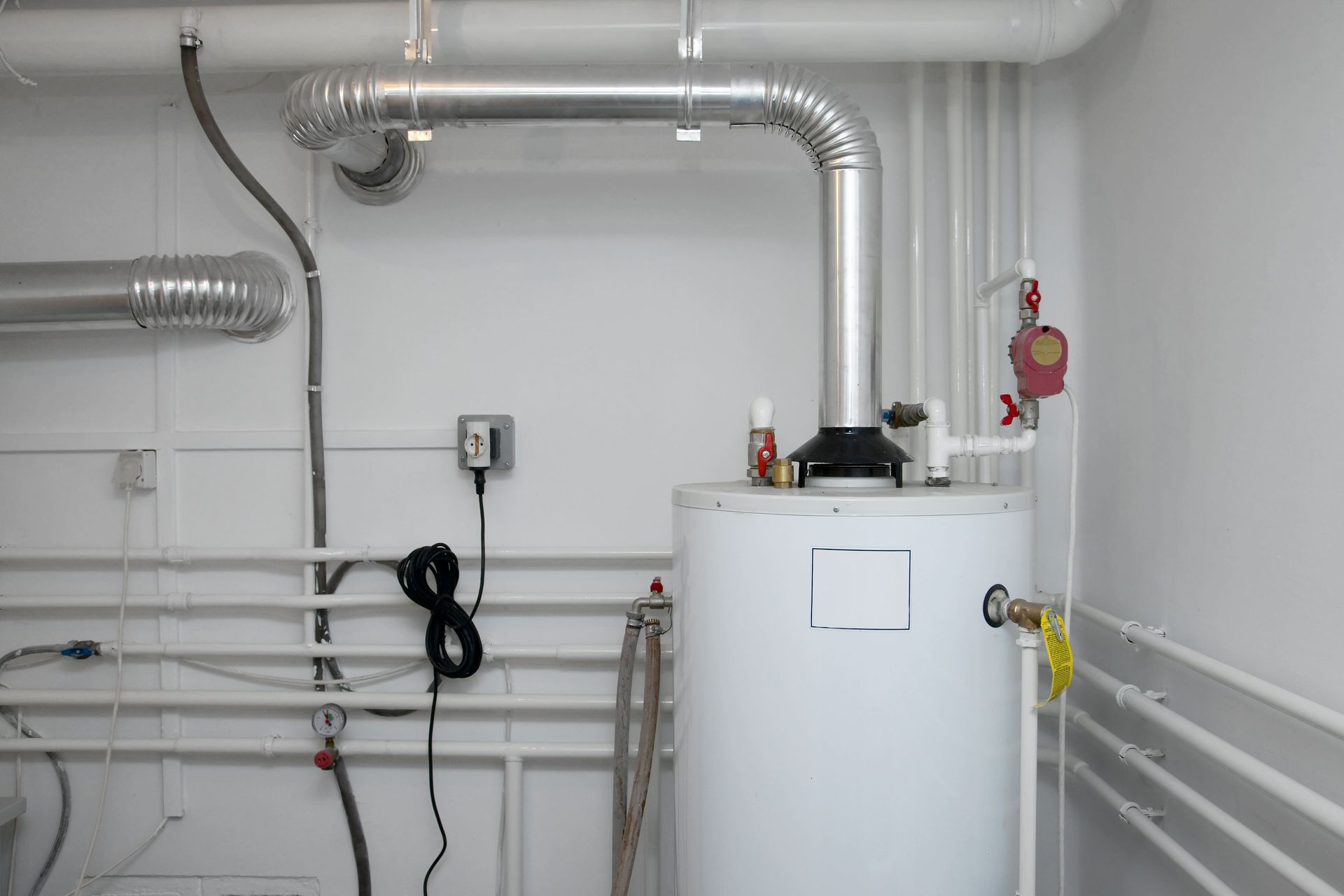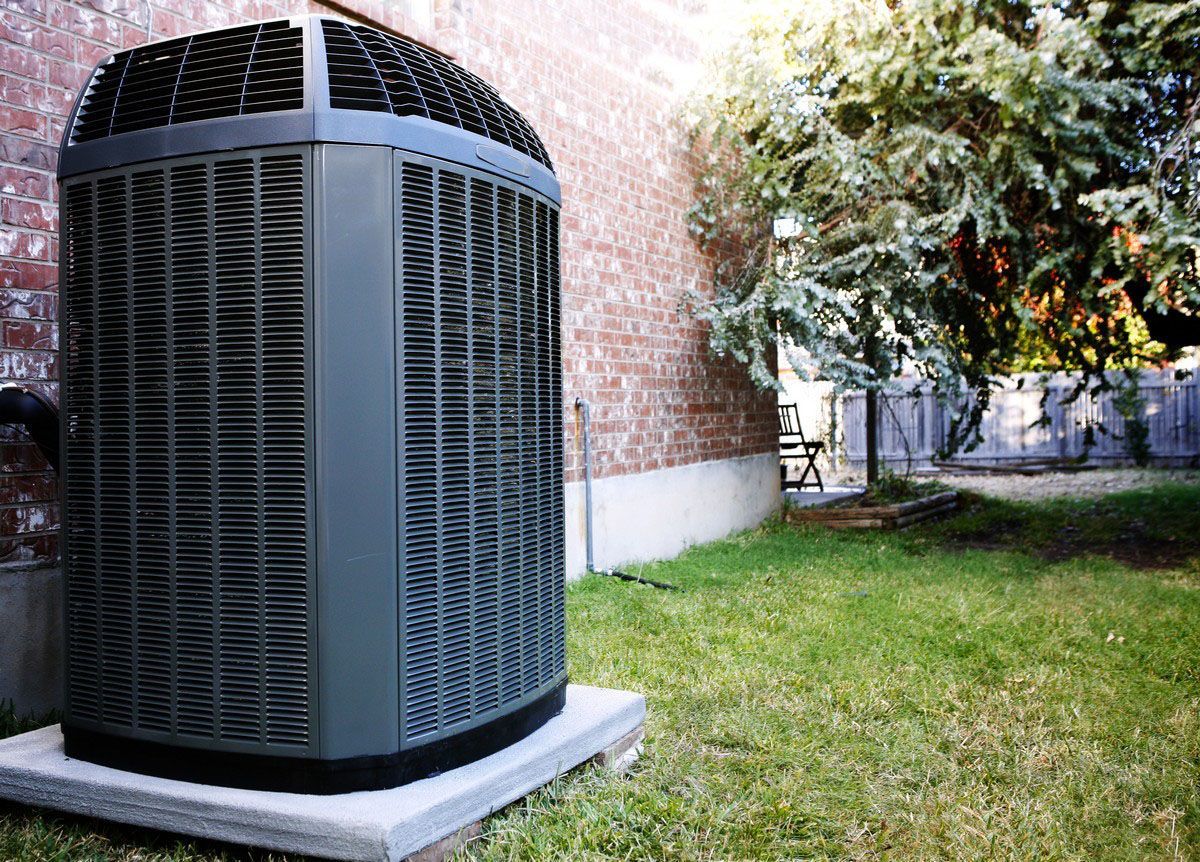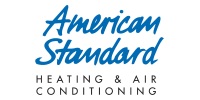November 10, 2025
Your furnace plays a vital role in keeping your home warm and comfortable throughout the winter. However, even the most reliable heating systems don't last forever. Knowing when to replace your furnace can help you avoid unexpected breakdowns, high energy bills, and discomfort during the coldest months of the year. Many homeowners struggle with the decision of whether to repair or replace their system, often waiting until the furnace fails entirely. By recognizing key warning signs and consulting a local HVAC company, you can make a well-timed decision that saves both money and energy in the long run.
Understanding the lifespan, efficiency, and overall performance of your furnace is the first step in determining whether it's time for a replacement. Explore the telltale signs that your system may be nearing the end of its life, the importance of energy efficiency, and the benefits of upgrading to a modern heating system.
Age and Efficiency
One of the most straightforward indicators that it's time to replace your furnace is its age. The lifespan of your furnace also depends on the model and how well it's been maintained. Over time, even with regular servicing, internal components begin to wear down, reducing overall performance and efficiency.
According to This Old House, certain furnaces can function well for 15 to 20 years, but if their peak efficiency dips below 65%, it often makes sense to replace the unit. This means that even if your furnace still runs, it could be costing you far more in energy bills than a newer model would. Replacing an outdated unit can save you time and money long-term.
Your local HVAC company can conduct an assessment of your current system to help you understand how much energy your furnace is using. If your energy bills have been steadily increasing despite consistent usage patterns, it's a strong indicator that your furnace is losing efficiency and may be ready for replacement.
Repairs and Costs
Every furnace needs occasional maintenance or repairs, but if you find yourself calling for service multiple times a year, it's time to evaluate the bigger picture. The cost of repeated repairs can quickly add up, often nearing or even exceeding the cost of a new system over time.
When deciding between repair and replacement, consulting a professional can help you make a more informed decision. Your local HVAC company can provide a detailed cost comparison between repairs and replacement, factoring in potential savings from improved energy efficiency and warranties that come with new systems.
Frequent breakdowns also create inconvenience and uncertainty, particularly during the winter. Each time your furnace fails, it increases the risk of being left without heat when you need it most. Upgrading to a new, reliable system provides peace of mind and ensures your home remains consistently comfortable.
Heating and Inconsistency
Have you noticed that some rooms in your home are warm while others feel chilly? Uneven heating can be a sign that your furnace is struggling to distribute air properly. As furnaces age, their blowers, burners, and ducts can become less effective, leading to inconsistent temperatures and poor airflow.
This problem isn't just uncomfortable; it's also inefficient. Your furnace must work harder to compensate for uneven heating, leading to higher energy consumption and accelerated wear on components. Your local HVAC company can assess your system to determine the right next step.
In many cases, persistent uneven heating suggests that the system is no longer capable of maintaining proper balance throughout your home. Modern furnaces, particularly those with variable-speed fans and zoned heating options, can resolve this issue by providing more precise temperature control and even distribution of warmth.
Bills and Maintenance
If your energy bills have been climbing each year, even though your furnace receives regular maintenance and your usage hasn't changed, that's another warning sign that replacement may be due. Over time, older furnaces lose their ability to convert fuel into heat efficiently.
Having a local HVAC company examine your energy usage can help you determine what's going on with your system. When internal components wear down, the system must run longer and harder to reach your desired indoor temperature. This issue can lead to inefficient energy use as well as higher bills.
Additionally, replacing your old furnace not only lowers utility bills but also reduces your carbon footprint. With advancements in HVAC technology, modern systems are designed to deliver more heat using less energy, contributing to both economic and environmental benefits.
Noises and Odors
Furnaces should operate quietly and cleanly when functioning properly. If you begin hearing unusual noises, such as banging, rattling, or screeching, it could indicate loose or worn components, motor failure, or even issues with the blower assembly. While some noises may be harmless, persistent or worsening sounds often point to deeper mechanical problems that won't improve with age.
Unpleasant odors can also be a sign of trouble. A burning smell may indicate dust buildup or electrical issues, while a musty odor could point to mold or excess moisture in the ductwork. These problems not only affect comfort but can also pose health risks by compromising indoor air quality.
A local HVAC company can diagnose the source of these problems and help you determine whether repairs will suffice or if a full replacement is the safer and more cost-effective option. In some cases, lingering air quality problems, such as excessive dust or humidity, can be traced back to an inefficient or failing furnace that's no longer effectively filtering or circulating air. When these problems persist, it's time to make a change.
Timing and Replacement
Replacing your furnace before it completely fails is the best way to avoid emergency expenses and discomfort during colder months. Many homeowners make the mistake of waiting until their furnace stops working entirely, forcing a rushed replacement during the busiest, and often most expensive, time of the year for HVAC contractors.
Instead of waiting until disaster strikes, consider scheduling an appointment with your local HVAC company during the spring or fall. These off-peak seasons allow for flexible scheduling and the opportunity to explore different models and financing options without the pressure of an urgent situation.
Proactive replacement also ensures your home will be warm and comfortable when the next cold front arrives. You'll gain peace of mind knowing your new furnace is operating safely and efficiently, backed by manufacturer warranties and professional installation.
Knowing when to replace your furnace is about more than just age; it's about performance, efficiency, and long-term comfort. Rising energy bills, frequent repairs, uneven heating, and strange noises are all signs that your system may be nearing the end of its lifespan. While it can be tempting to delay replacement, doing so can lead to higher costs and unexpected breakdowns.
Inefficient furnaces can cause homeowners to lose money and risk going without heat with every heating cycle. Investing in a new, energy-efficient model not only reduces utility costs but also improves air quality, comfort, and reliability. Your local HVAC company can help guide you through the replacement process, from assessing your current system's efficiency to recommending the best modern options for your home. By planning ahead and upgrading at the right time, you'll enjoy dependable warmth, lower energy bills, and peace of mind for many winters to come. For more information on determining the right time to replace your furnace, give Hiatt Service LLC a call.





